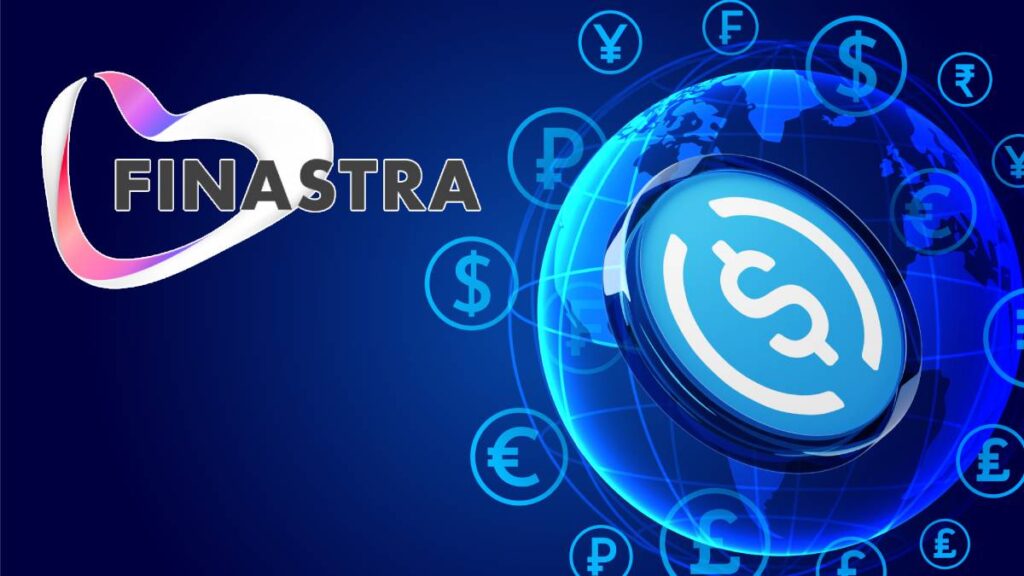TL;DR
- Finastra will integrate Circle’s USDC stablecoin into its Global PAYplus platform to streamline international payments.
- Banks will be able to settle transactions faster and at lower cost, without disrupting their existing processes.
- The partnership aims to show how digital assets can complement traditional financial infrastructure.
Cross-border payments are often seen as slow, expensive, and stuck in outdated systems. That’s why the recent announcement from Finastra and Circle is drawing so much attention. Finastra, a major player in banking software, will integrate Circle’s USDC stablecoin into its Global PAYplus platform, which already processes trillions of dollars in transactions worldwide.
A Practical Bridge Between Banks and Blockchain
The goal isn’t to reinvent a system that banks already know well. It’s about giving them a way to settle payments with USDC without altering their standard processes. This helps avoid much of the friction typical of traditional banking networks—delays, extra fees, and unnecessary paperwork—while still maintaining compliance and security.
For banks, this means faster and more predictable international settlements. For Circle, it’s a chance to show that USDC is more than just a cryptocurrency: it’s a real tool for financial infrastructure. Finastra CEO Chris Walters emphasized:
“This collaboration is designed to provide banks with the tools they need to innovate in cross-border payments without having to build a separate payment processing infrastructure. By connecting Finastra’s payments hub with Circle’s stablecoin infrastructure, we can help our clients access innovative settlement options.”
Meanwhile, Circle’s Jeremy Allaire highlighted that the goal is to give institutions a regulated and reliable way to leverage the benefits of blockchain.
This collaboration demonstrates that digital assets can seamlessly fit into traditional finance. If the model expands, the future of international payments may look less like sending a package overseas and more like sending an email: instant, low-cost, and reliable.











